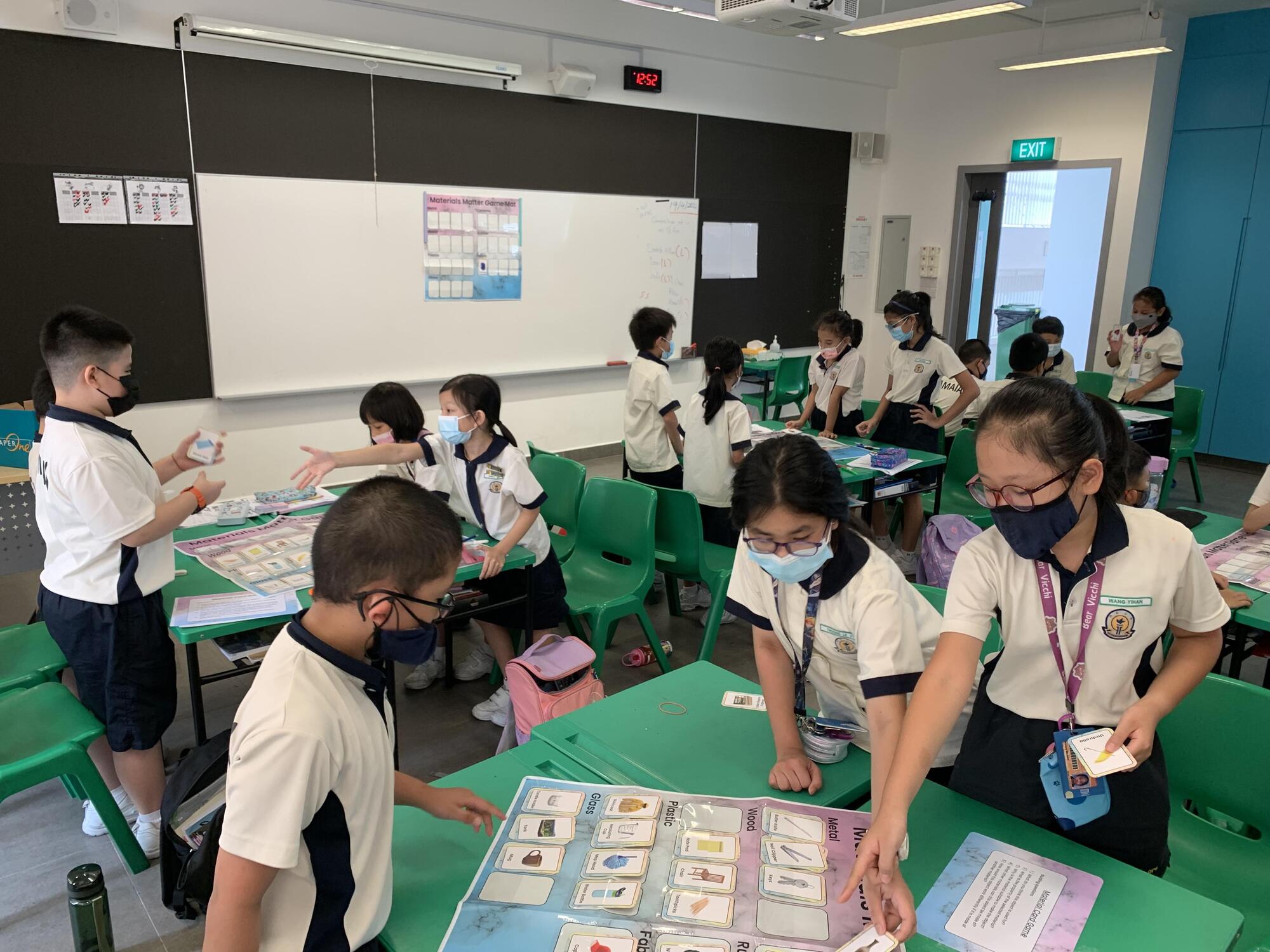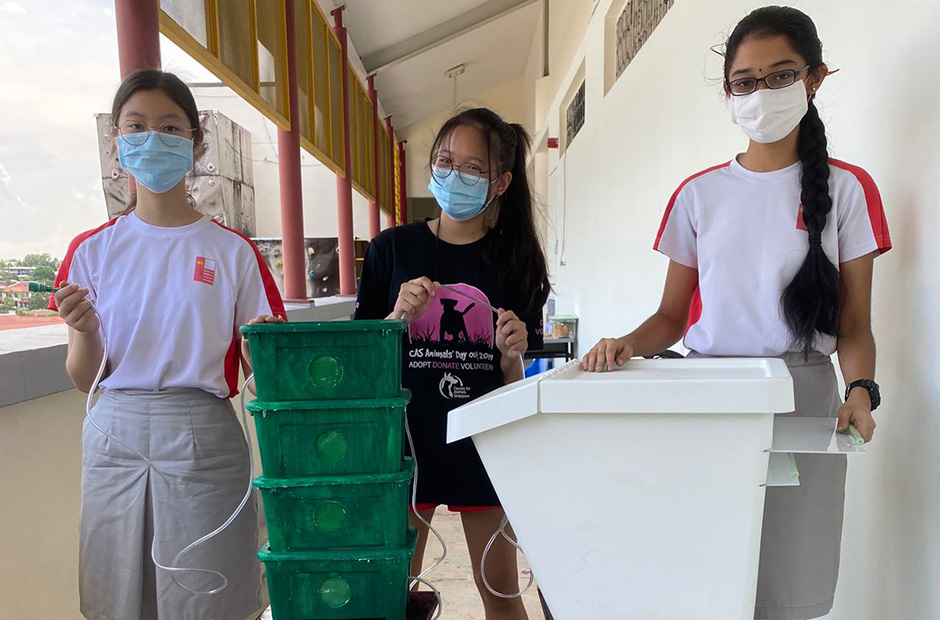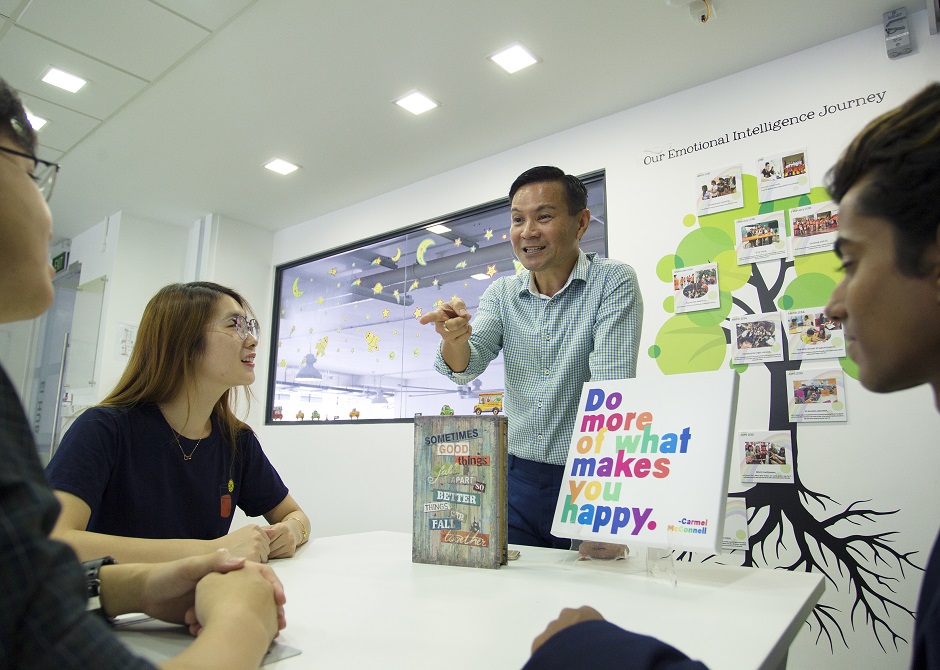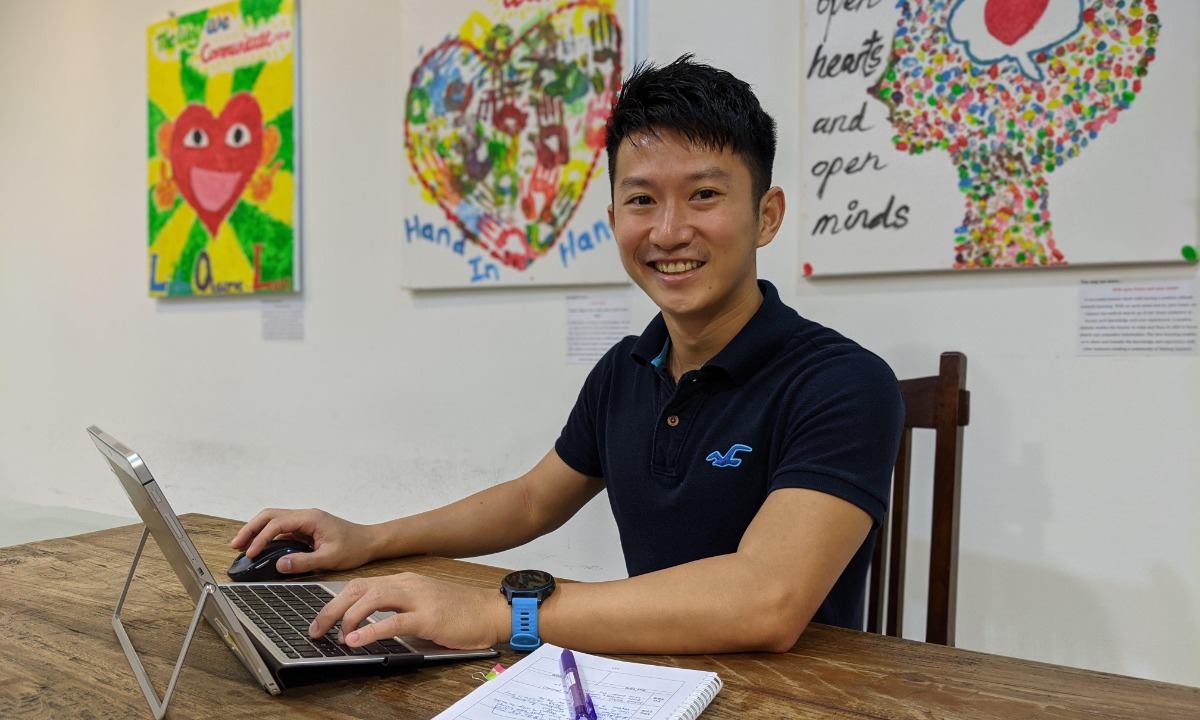Have you ever imagined raincoats made of metal? Would these coats be comfortable? What about cars made of ceramic? Would such cars protect us from danger? These were the questions and discussions on materials in Damai Primary School’s Primary 3 (P3) Science classrooms.
Ms Eileen Loo, a Science teacher, and her students were discussing the different properties of materials and their suitability for making various objects. Students formed groups to play a special card game. This game is part of the “Let’s Explore Materials” SPARKLE – short for Science Pack Activity Resource Kits for Learning – a resource developed to support students in understanding materials through hands-on activities and games.
Every group was given two stacks of cards – labelled ‘Object’ and ‘Material’ respectively. Students took turns to select a card from each stack. They first explained if their chosen object card could be made from the material shown on the ‘Material’ card. They also justified their explanations with the relevant properties of the material.
For instance, one student picked “ceramic” and “measuring cylinder”. He explained to his friends that ceramic is not transparent and thus cannot be used to make measuring cylinders. Another student picked “metal” and “nail clipper”. He reasoned that nail clippers could be made of metal as metal is flexible. Other group members disagreed and offered their views that the relevant physical property should be that metal is strong instead of flexible – generating a buzz within the classroom. P3 student George Soon says, “It is exciting to play the game as we have to explain why the cards (on objects and materials) that we receive are matching or not!”
Through the game, students also appreciated that the same type of object could be made of different materials. A fellow classmate, Tham Hoi Yan, exclaims, “The game is very interesting! I initially thought that gloves could only be made of rubber, but my friends shared that gloves can be made of plastic as well!”
Science teacher Tan Wee Kok conducted the game with a different twist. Students picked one card from the ‘Object’ stack, and then shared with their friends which material the object was made of and the relevant material properties that made it suitable. Once the materials and properties were justified, the ‘Object’ card would be placed on the placemat. The game was completed when all the ‘Object’ cards were matched to the correct material category on the placemat.


Placing object cards onto the placemat with materials and properties explained.
The materials card game facilitated enthusiastic and fruitful discussions amongst students. Some students were puzzled when they picked the object card of a notebook. Their immediate reaction was to search for the material ‘paper’ on the placemat, only to realise that there was no such option. After some deliberation and careful elimination, the students finally reasoned that the suitable material for a notebook is wood.
These anecdotes show that ‘Let’s Explore Materials’ was an important avenue for peer learning. Emily Seng, P3, says, “I really like the materials card game as I enjoy working in groups with my classmates.” Her classmate, Muhammad Akmal adds, “The game helped me understand more about the materials that objects are made of.”
Besides the materials card game, the ‘Let’s Explore Materials’ kit also supported students in conducting hands-on experiments. In Qihua Primary School, P3 students made use of the items in the SPARKLE kit to explore different properties of materials. In one experiment which investigated the strength of materials, some students predicted that the cling wrap is a stronger material than the aluminium foil. As they conducted the experiment, they realised that aluminium foil is stronger than cling wrap. More weights could be added to the foil before it broke, as compared to the cling wrap. The use of the kits provided opportunities for students to collect evidence and explain properties of materials.

Students conducting experiments on the strength of materials.
Students also carried out experiments to investigate the transparency and absorbency of materials. Some students shone torchlights at different sheets of materials to find out if light could pass through them. Other students added drops of water to sheets of materials to find out if water could be absorbed. Discussions such as “How far should we place the torch away from the materials?”, “Should we turn off the classroom lights?”, “How do we ensure that the sheets receive the same amount of water?” could be heard among students as they collaborated in groups to ensure that their experimental results were accurate.
 Hands-on experiments on transparency and absorbency of materials
Hands-on experiments on transparency and absorbency of materials
Whether it is approaching the same card game with different methods of gameplay or providing an opportunity for students to make predictions and carry out hands-on experiments, students had an enjoyable and fulfilling time. With one SPARKLE kit planned for each of the topics in the primary Science syllabus, teachers will be well-equipped to instill a sense of wonder in students – motivating them to stay curious about the world around them throughout their continual pursuit of Science.






